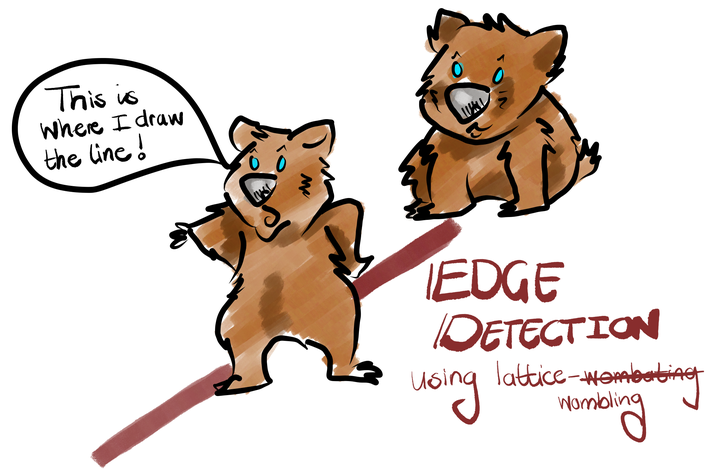These are not the Boundaries You're Looking for

This post is more of a musings/train of thought as to how we could potentially build on the idea using edge detection to distinguish between different interacting communities (i.e ecological networks) within a landscape and at different scales
Step 1: What is a boundary?
We generally like drawing lines around things (or putting them into boxes - which is essentially the same thing), and to be fair its only logical. Delineating between habitats or communities makes sense - generally these patches/differences are driven by something (types or intensity of processes for one) and this plays a role in how we would manage different patches and of course this is also provides a ‘unit’ for understanding other ecological processes. Although that is all good and well the question still remains what makes a boundary - and this is where it gets interesting/fun. Intuitively we may argue that we would draw boundaries between patches that look different - since the something we’re interested in is probably driving this difference. But what about in landscapes where changes aren’t as clear or abrupt? Additionally what is the difference we are looking for? What is different enough?
Step 2: Call on the wombats!
Okay so maybe not actual wombats (although that would be cool) but rather wombling (which is a subfield of boundary analysis) to help in quantifying our (desired) ecological boundaries. Specifically, wombling is a technique for detecting zones of (a defined) rapid change over geographical or Euclidian space. So for us this would be the thing that we want to use to define boundaries between our patches. This involves some fancy maths that I will write about in the near future (i.e. when I fully wrap my head around things…)
Step 3: Okay now make it networks
This is where it starts to get fun - we can draw boundaries between different biomes, communities and populations right? So why not do the same with interaction networks? That is we could potentially look at changes in the composition, interaction types or even structure of networks. Which network property to pick could be a challenge - and this might be something that comes down to a case of scale and what/why we are interested in a specific type of change between different interaction networks…
🐾 Tanya